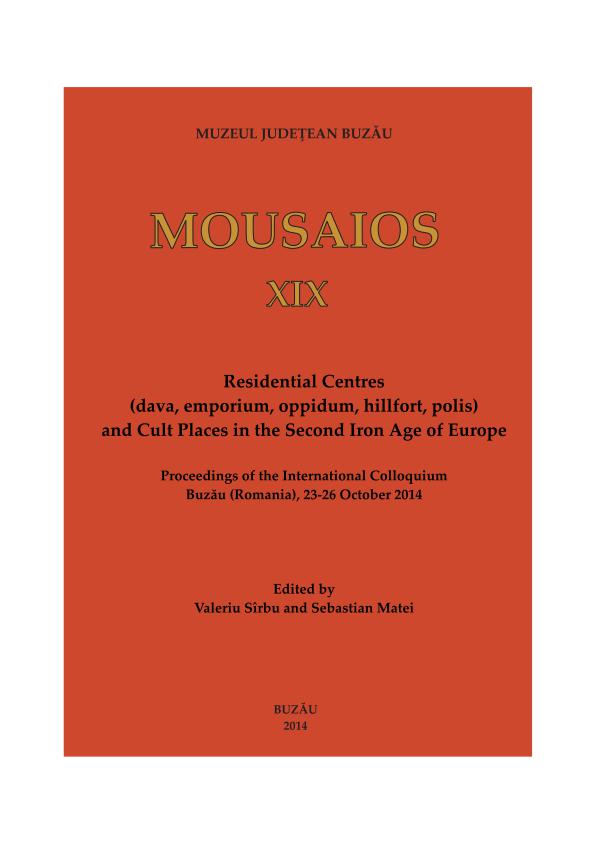THE GREEK SANCTUARIES ON THE WESTERN COAST OF THE BLACK SEA AND THE THRACIANS
THE GREEK SANCTUARIES ON THE WESTERN COAST OF THE BLACK SEA AND THE THRACIANS
Author(s): Florina Panait Bîrzescu, Iulian BîrzescuSubject(s): Archaeology
Published by: Muzeul Judetean Buzău
Keywords: Thracians; Greeks; sanctuaries; Western coast of Black Sea; dedications
Summary/Abstract: Although the study of Greek-Thracian relations is a long established field of research, the relation of the Thracians with the Greek sanctuaries from the Black Sea area has been overlooked, first of all because of the scarce evidence. In spite of these inconveniences, the present paper aims to bring into discussion several questions concerning the involvement of the Thracians in the cult activities of the Western Pontic Greeks. The development of the relation between Thracians and Greeks is presented mainly based on the epigraphic evidence. This evidence begins relatively late in the Hellenistic period. The first Thracians attested in Greek sanctuaries were local dynasts, honoured as proxenoi in exchange for their privileged relation with the Greek city. Their presence was due not to the sharing of a common cult, but to the consecration of diplomatic relations. Only towards the end of the Hellenistic period, dynasts from the South-Western coast of the Black Sea began to be more involved in the Greek rituals, not only as honoured guests, but as benefactors like the Hellenistic dynasts use to. The dynasts from the North-Western coast have had on the contrary a different attitude towards the Greek sanctuaries, best illustrated by the Byrebista’s sack from the middle of the 1st c. BC. Afterwards dynasts from the Southern coast, as well as private persons of Thracian origin, continued during Roman times to contribute to the rebuilding of the sanctuaries, and to the continuity of their cults as Greek citizens.
Journal: Mousaios
- Issue Year: 2014
- Issue No: 19
- Page Range: 33-45
- Page Count: 12
- Language: English

